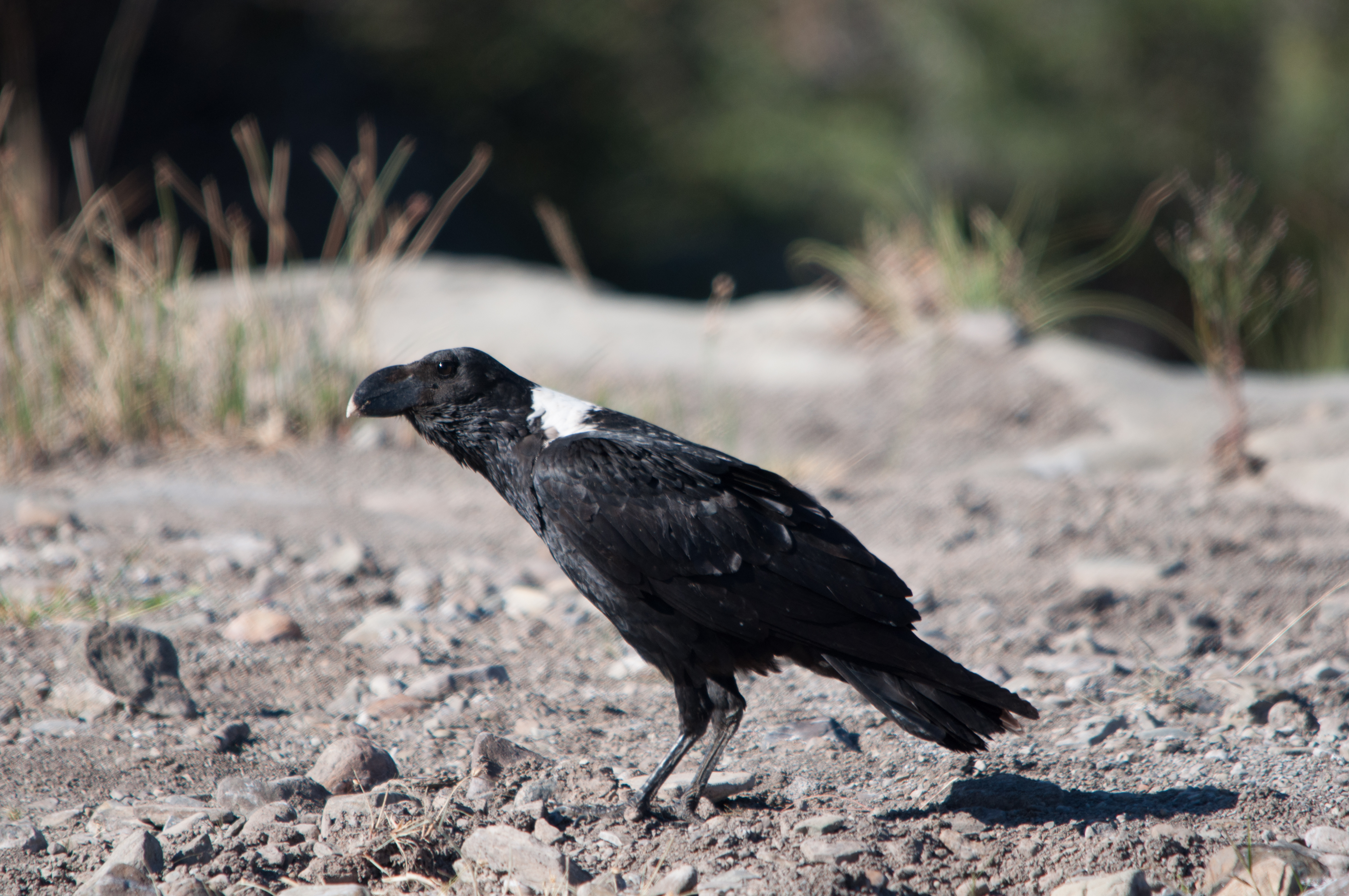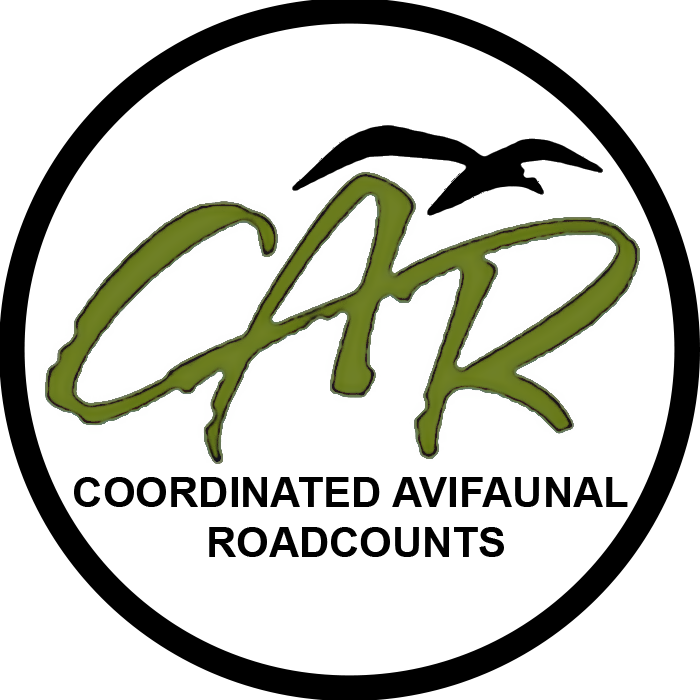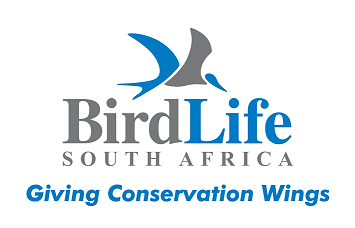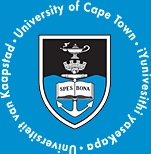CAR summary data
Habitat and noted behaviour
Sightings per Kilometre
Please note: The below charts indicate the sightings of individuals along routes where the species has occured, and NOT across all routes surveyed through the CAR project.
Global Status


IUCN Data (Global)
IUCN 2024. IUCN Red List of Threatened Species. Version 2024-1
(www)Assessment year: 2024
Assessment Citation
BirdLife International 2024. Corvus albicollis. The IUCN Red List of Threatened Species 2024: e.T22706077A263851168. Accessed on 10 December 2025.
Population:
The global population size has not been quantified, but the species is described as generally uncommon or locally common (Madge and Burn 1993). The population is estimated to be declining in Kenya following decreases in numbers (Madge and Burn 1993).
Rationale:
This species has an extremely large range, and hence does not approach the thresholds for Vulnerable under the range size criterion (Extent of Occurrence under 20,000 km² combined with a declining or fluctuating range size, habitat extent/quality, or population size and a small number of locations or severe fragmentation). The population size has not been quantified, but it is not believed to approach the thresholds for Vulnerable under the population size criterion (under 10,000 mature individuals with a continuing decline estimated to be over 10% in ten years or three generations, or with a specified population structure). Despite the fact that the population trend appears to be decreasing, the decline is not believed to be sufficiently rapid to approach the thresholds for Vulnerable under the population trend criterion (over 30% decline over ten years or three generations). For these reasons the species is evaluated as Least Concern.
Trend justification:
The population is estimated to be declining in Kenya following decreases in numbers (Madge and Burn 1993).
Trade use:
This species was not recorded in any of the trade databases reviewed by Donald et al. (2024) and there is no indication that the species is traded or otherwise used.


 Login
Login


